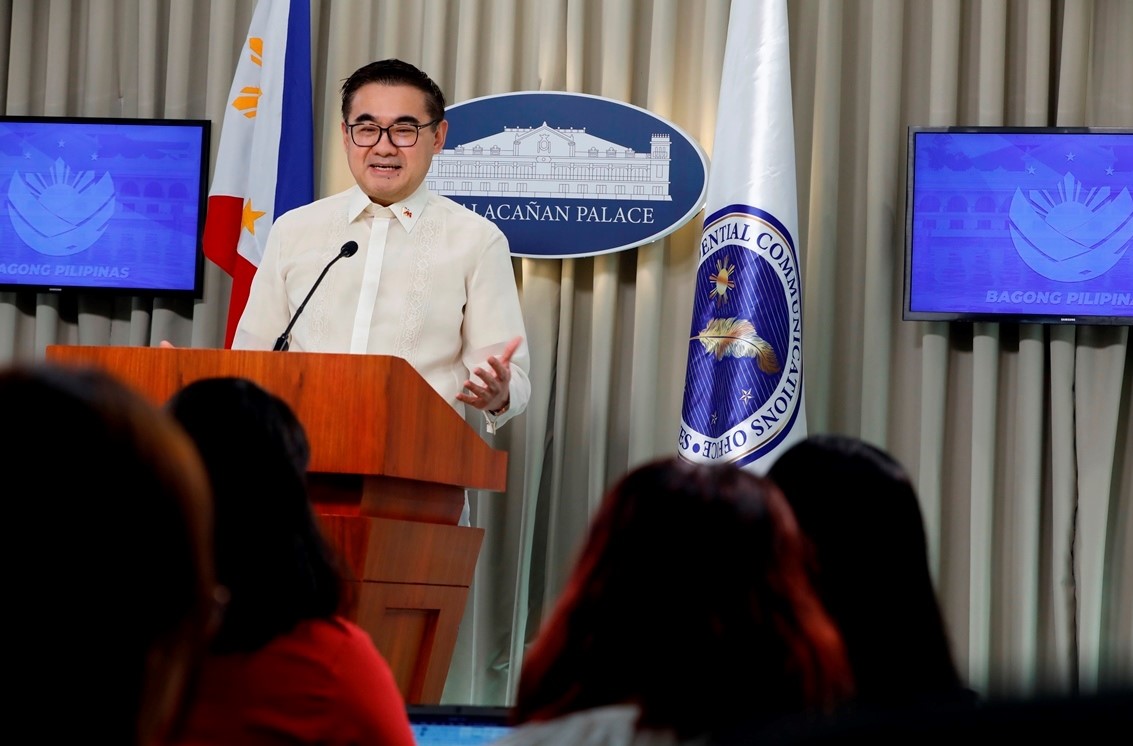
The U.S. has approved funding for the Subic-Clark-Manila-Batangas Rail, a key project under President Ferdinand R. Marcos Jr.’s administration that would boost trade by linking ports handling over 80 percent of the country’s cargo.
During a press briefing in Malacañan Palace, Special Assistant to the President for Investment and Economic Affairs Secretary Frederick Go confirmed the progress of a significant infrastructure initiative under the Marcos administration
“Ang Luzon Economic Corridor po ay tuloy na po. Marami pong nagtatanong the last two months kung ano ang nangyari dito. Nakatanggap po kami ng kasulatan galing sa US Trade and Development Agency na approved na po ang loan ng Subic-Clark-Manila-Batangas Rail,” Go said.
“Iyon ang magandang balita. Alam po natin na maraming programa ng Amerika ay natigil pero ang Luzon Economic Corridor po ay tuloy kaya natutuwa po kami when we received the letter from the USTDA.”
The Palace official has just arrived from Washington, D.C., following a meeting with US Trade Representative and Trade Secretary Cristina Roque and Philippine Ambassador to the US Jose Manuel “Babe” Romualdez.
Go said the Subic-Clark-Manila-Batangas rail is vital to trade as it will connect the Subic, Manila, and Batangas ports, which handle over 80 percent of the country’s port traffic.
In April last year, the Philippines, the United States, and Japan launched the Luzon Economic Corridor, supporting connectivity between Subic Bay, Clark, Manila, and Batangas.
Through this corridor, Japan, the Philippines, and the United States commit to accelerating coordinated investments in high-impact infrastructure projects.
These projects include rail, ports modernization, clean energy, semiconductor supply chains and deployments, agribusiness, and civilian port upgrades at Subic Bay. | PND

